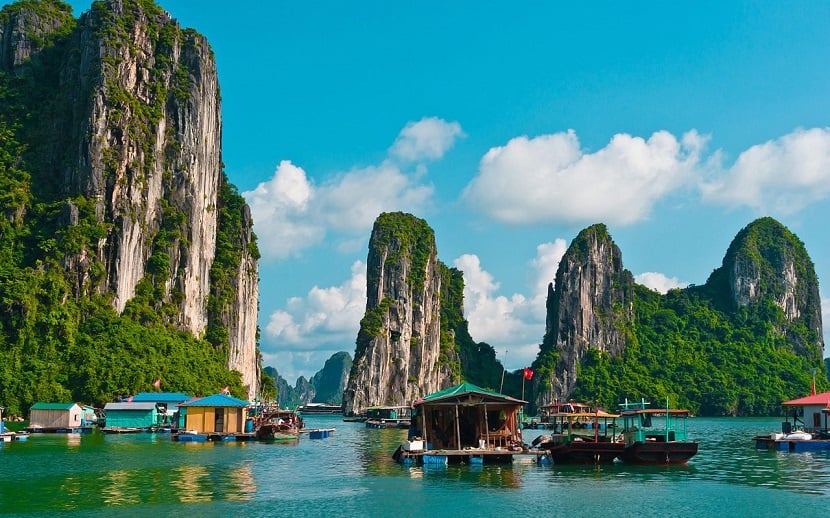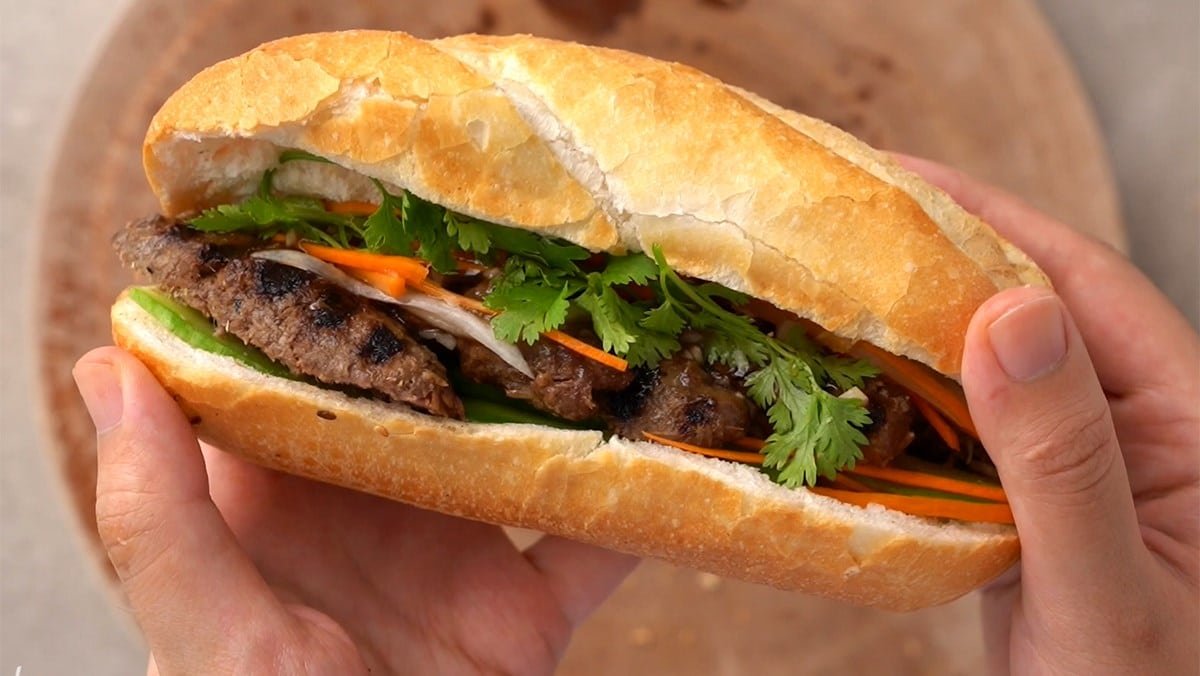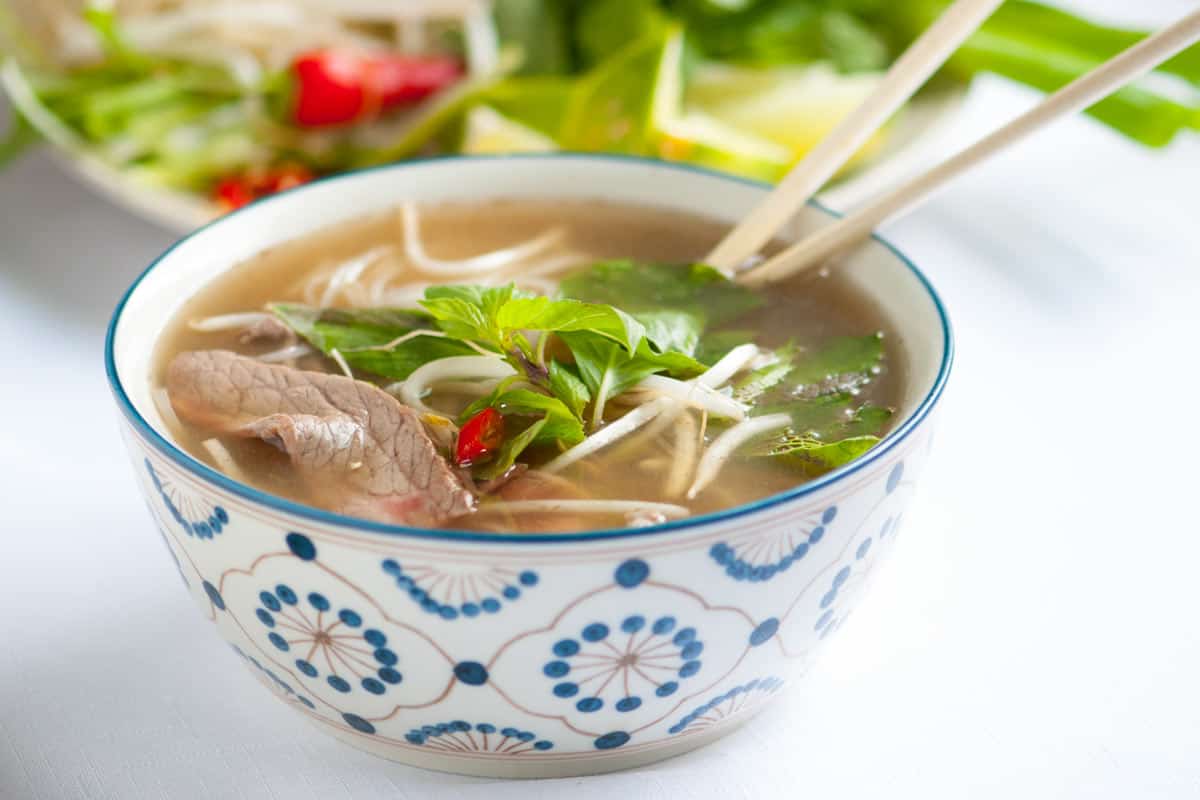Vietnam, a country nestled in the heart of Southeast Asia, is a land of rich history, breathtaking landscapes, and vibrant culture. Beyond its popular tourist destinations, Vietnam hides a tapestry of fascinating facts that contribute to its unique charm. In this article, we will delve into a myriad of intriguing aspects that make Vietnam a captivating and enigmatic destination.
Table of Contents
1. The King of Cashew

As the world’s largest exporter of cashew nuts, Vietnam produces more than 55% of the global supply and makes well over two billion dollars a year from the industry.
Cashew plants were brought to Vietnam during the 19th century and were originally grown in gardens to provide shade. In 1990, the Vietnamese government spotted the potential of cashew nut production and invested heavily in the industry. By the mid-1990s, Vietnam became the largest exporter of cashews in the world and remains so until now.
2. Home of the largest cave in the world

Son Doong Cave was discovered in 1990 in Phong Nha-Kẻ Bà ng National Park, Vietnam – a UNESCO Heritage Site – by a nearby farmer. However, in 2009, during the British–Vietnam Cave Expedition, the destination was officially surveyed and measured to find that this is the largest cave ever found in the world. The cave is 200 meters high, 150 meters broad, and 9 kilometers long, with a scale capable of holding a 40-story building.
The extraordinary and mysterious underground world within Son Doong is the reason for the cave’s worldwide fame and renown. It has its ecosystem, weather, and a mysterious underground river that no explorer has yet traced to its end, along with many complex and giant stalactites (over 80m high).
3. Life on the water
Ha Long Bay, a UNESCO World Heritage site recognized as one of the 7 Natural Wonders, is approximately 165 km southeast of the capital. It is perfect for island lovers and those who love to explore the sea and its habitat. The whole area consists of 1,969 large and small islands, along with many beautiful caves.

On these islands, you can find a unique ecosystem where around 500 species of flora and 1,900 species of animals coexist. Approximately 300 people live in homes made of bamboo rafts and boats. These coastal inhabitants primarily engage in fishing and providing boats and kayaks for tourists who come to explore the breathtaking beauty of Ha Long Bay.
4. The village of twins
Sounds surreal, but it does exist. Hung Loc, a village in Dong Nai Province, which is around 55 km away from Ho Chi Minh City, witnesses a high incidence of twin births. Twin brothers and twin sisters get married to each other, resulting in having twin babies. It is believed that the water in the area contains chemical substances that caused the rate of twin birth to be that high.
5. The fascinating transformation of the Vietnamese language
Vietnamese literature and language are strongly influenced by China due to more than 1000 years of domination. The Vietnamese written language originally used Chinese characters until the 13th century when Vietnam developed its script called Chu Nom, with the later adoption of the Latin alphabet with diacritics in the 17th century. Spoken Vietnamese is tonal. Though the grammar of the Vietnamese language is relatively simple, 6 tones are quite challenging for learners. A small change in tone changes the meaning of the word.
6. Almost everyone owns a motorbike

There are more than 60 million motorbikes in Vietnam. Considering the population of Vietnamese is almost 100 million, it means that every two people own a motorbike. Therefore, don’t be surprised when you arrive in Vietnam for the first time. These are the main means of transportation for Vietnamese, and you will see the streets packed with motorbikes, especially in rush hour. On the other hand, cars are considered luxury property as the tax for cars can go up to 200-300%.
7. The embalmed body of the first President of Vietnam can be viewed
You are reading it correctly. The embalmed body of Ho Chi Minh, the first President and Prime Minister of Vietnam today, is on display in the Ho Chi Minh Mausoleum (Lăng Bác). Don’t worry about the long queue, because it is very fast as people cannot stop to take pictures.

Please note that if you want to see him with your own eyes, come to Hanoi from January to September as he is moved to Russia in October every year for maintenance.
8. Vietnamese cuisine in Oxford dictionary
Vietnamese cuisine boasts an array of dishes that capture the heart of whoever tries it. Banh mi and Pho are the two flagship dishes that are found in the Oxford dictionary without their names translated into English. Banh mi is the typical baguette sandwich topped with roasted pork, pickled, cilantro, and other signature sauce. Pho is a type of noodle soup that is commonly eaten with beef and chicken.


9. The Hoan Kiem Turtle – the most endangered species in the world
The famous Hoan Kiem Turtle, known as Cụ Rùa (Great Grandfather Turtle), made Hoan Kiem Lake in Hanoi its home. It was revered by Hanoians for the role it played in freeing Vietnam from the Chinese.
It is said that the Hoan Kiem Turtle was the living embodiment of the Great Turtle God, Kim Qui. After the Vietnamese ruler Lê Lợi defeated the Chinese, using a magical sword borrowed from the gods, Kim Qui rose out of the lake in central Hanoi and asked for the sword to be returned. Lê Lợi did as he was asked and named the lake Hoan Kiem Lake, Lake of the Returned Sword.

Whether or not you want to believe in the mythology of the lake’s turtle, the facts themselves are equally as astounding. In 2016, the last Hoan Kiem Turtle was found dead in the lake. It was around 2 meters in length and weighed more than 200kg! Upon examination, international scientists determined that the Hoan Kiem Turtle was a Yangtze SoftShell Turtle. It was not a different, albeit similar species as had been speculated by Vietnamese authorities.
If the Hoan Kiem Turtle was, as is widely believed, a Yangtze SoftShell Turtle then it would’ve been just one of four remaining in the world. There are now only three known specimens, two in China and one in Vietnam.
10. Almost everybody is Nguyen
Nguyen is the most common family name in Vietnam. 40% of Vietnamese are named Nguyen. This dates back to the Nguyen Dynasty, if the family was named Nguyen, it was considered royal or some changed their last name to avoid retribution and persecution.
Vietnam, with its captivating history, diverse culture, and breathtaking landscapes, unfolds as a tapestry woven with intriguing facts. From the mystical beauty of Halong Bay to the historic legend of Hoan Kiem Lake, the country offers a plethora of experiences that appeal to the curious traveler. As you explore the wonders of Vietnam, you’ll discover a nation that cherishes its past. It also embraces the vibrancy of the show. This creates a truly unique and unforgettable destination.